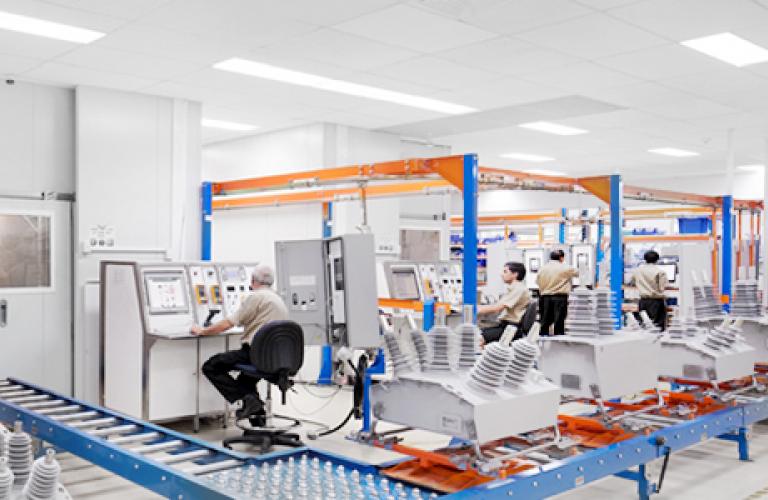#42 Marcela St., Damong Maliit, Brgy. Nagkaisang Nayon, Novaliches, Quezon City 1125, Metro Manila, Philippines

Maximising distribution equipment performance and asset service life is of paramount importance to the asset management team within a distribution utility. With most utility projects based on capital budgeting, the assumption that an installed piece of equipment will fulfil its full lifetime service is critical to the profitability of a network asset. To verify equipment suitability for a service lifetime, there is a single test metric which should be verified at receipt of electrical distribution capital equipment: Partial Discharge.
In any piece of distribution equipment, the integrity of insulation and construction of the product is instrumental in the lifetime reliability of the product. Well designed equipment which has been correctly assembled should typically exhibit very low partial discharge, typically below 10 picocoulombs at power frequency voltage.
Partial discharge is the result of localised insulation failure occurring within a piece of equipment, typically at the point of maximum voltage stress at the positive and negative points in the electricity supply sine wave. These partial discharges occur when electric field stresses exceed the local dielectric breakdown constant and are momentary releases of energy in the form of heat, light and sound. Most commonly, these partial discharges occur around impurities or air voids which can accidentally be included in the manufacture of switchgear and equipment, and these points of lower dielectric strength lead to the initiation of partial discharge.
Whilst they typically initiate at only the points of highest electric stress in the power frequency sine wave, over time the partial discharge energy causes physical degradation of the insulation system. As the discharges continue, the partial discharge inception voltages progress closer and closer to the zero voltage crossing point. When this occurs, the partial discharge becomes a sustaining arc, typically leading to full electrical insulation failure and explosion.
Partial Discharge detected using an ICM Compact PD measurement instrument. Note the inception occurring close to the zero crossing, indicating the test subject in this case is close to total insulation failure.
For distribution switchgear, transformers, or any other network asset, the likelihood of the majority of catastrophic failures of equipment can be averted by verification of partial discharge levels within safe limits. Solid dielectric insulation is a tremendously reliable and high-performance material for making electric switchgear, but all this value can be undone if a manufacturer fails to test and check for partial discharge on their products.
NOJA Power Switchgear consider it essential that every single Recloser and Voltage Transformer produced is routine tested for partial discharge, with no products exceeding 10pC of discharge being released from the factory. This routine test provides the manufacturer with the confidence that the NOJA Power OSM Recloser will provide its 30 years’ service life safely.
“Partial discharge, particularly in solid dielectric insulation systems, will potentially cause insulation system breakdown over time in service and it is therefore critical to apply partial discharge routine tests to every unit during the manufacturing process,” reports NOJA Power Group Managing Director Neil O’Sullivan. “We ensure products are shipped with less than 10 picocoulombs (pC) of partial discharge, which can effectively be considered partial discharge free.”